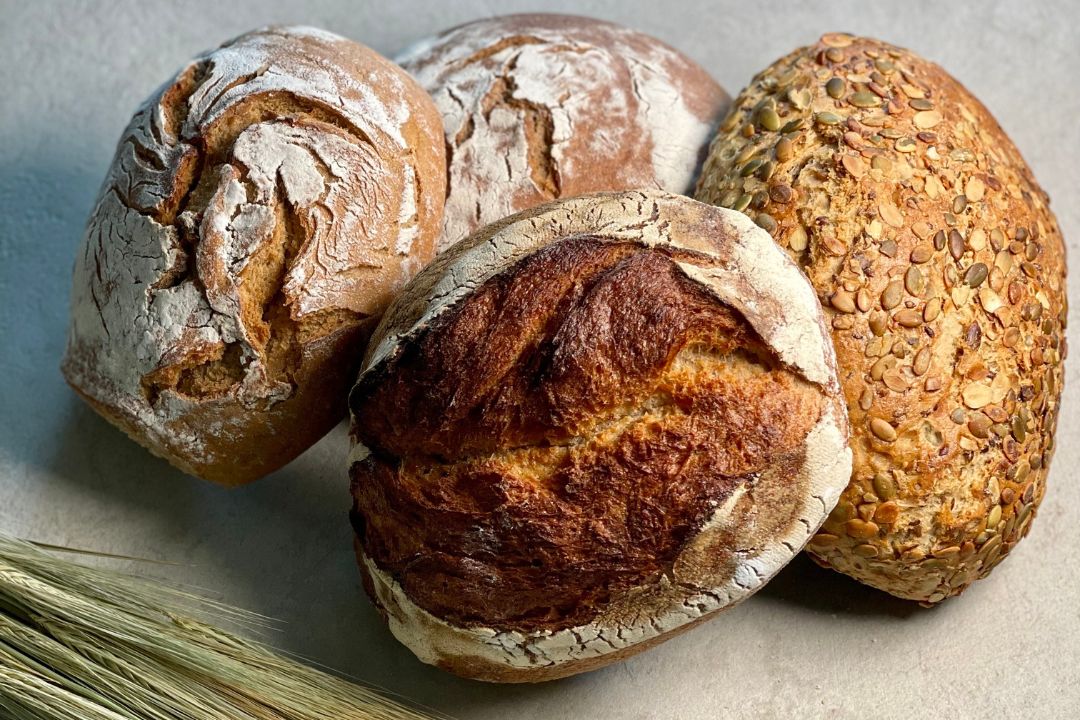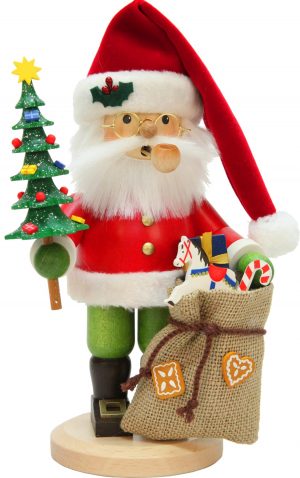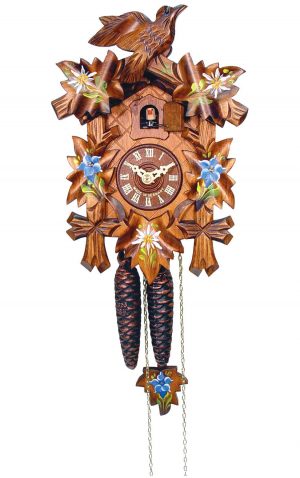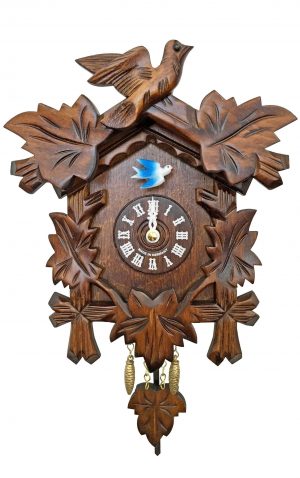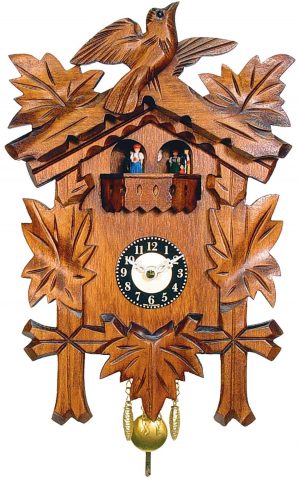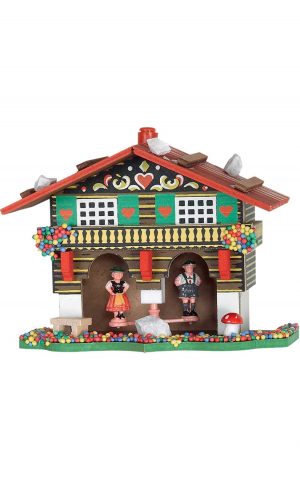One of the things I clearly remember as a child was the Christmas time in Germany. I can still remember as if it were yesterday the excitement we had when Nikolaus rolled around. We would get out the biggest boots we owned and proceeded to polish them. These boots never got a shine like this throughout the rest of the year but this day was special. They needed to look perfect to get the most amount of candy, nuts, and mandarins. It was also a bit of a bribe to make up for all the times we got in trouble. Above all, we didn’t want to end up with coals in our boots which is what Knecht Ruprecht would bring to the kids that did not behave where I grew up.
All the years we managed to shine them well enough and got them filled with treats. Every year we got excited all over again. None of my American friends have ever heard of this tradition but they all love the idea. I am surprised that with the level of German heritage in Amerika this tradition isn’t more known.
Let’s take a look at who Nikolaus is
Every year on the night of the 5th December to 6th, Nikolaus sneaks around the houses and puts candy and small presents in kids’ shoes. But what motivates the bearded man? Who was behind this figure and is his red coat actually an invention of Coca-Cola?

Who was Nikolaus?
In the personification of St. Nikolaus two historical people are merged into one. One of these is Nikolaus of Myra, bishop of a city in today’s Turkey. He lived in the third century. The second one is Nikolaus of Sion who lived near Myra in the sixth century. The legends about the lives of the two men were woven into the mythical figure of St. Nikolaus of Myra. He is said to have performed many miracles, including calming a storm and reviving several dead. One story tells how he helps an impoverished father of three daughters. The desperate father is about to send his daughters into prostitution. Nikolaus helps by secretly throwing gold pieces through the window at night. The myth of the compassionate helper and protector, who gives children gifts at night is born.
Saint Nikolaus: Saint of Sailors
In the Middle Ages Nikolaus is one of the most beloved Saints, in Russia, he even rises to become a national Saint. As the Saint of sailors and merchants, St. Nikolaus becomes Saint of the Hanseatic League. This can be seen in the Nikolai churches that exist in the Hanseatic cities including Rostock, Wismar, and Stralsund. In Hamburg, the St. Nikolai memorial commemorates the victims of war and tyranny under National Socialism.

Martin Luther railed against Nikolaus Day
Beginning of the 12th century, on December 6 people celebrate Nikolaus Day by giving to each other. But during the Reformation, Martin Luther railed against the cult of the Saints and the Nikolaus Gifts as a “childish thing”. He tries to replace it with the Christmas gift, but the people held on to this tradition which at this point was not only practiced in Catholic regions.
From the 19th century on St. Nikolaus is not only a benevolent gift-bearer but also a punisher of naughty children. He is often accompanied by a frightening man who is supposed to scare children and, depending on the region, has a different name: Knecht Ruprecht, Pulterklas or Rupsack.
With fur cap or bishop miter
In Southern Germany, St. Nikolaus is still showing himself in traditional bishop’s robes with staff and miter, the tall bishop’s cap. In the north, on the contrary, the idea of Nikolaus as a comfortable old man with a white beard and thick red coat prevailed. Incidentally, this appearance was not created by Coca-Cola, it was the German immigrant Thomas Nast. He drew Nikolaus alias Santa Claus in the USA in 1862 with a white beard, red coat, and fur-studded cap. It was not until 1931 that Coca-Cola adopted the figure of Santa Claus and used it for an advertising campaign.

Translated from: https://www.ndr.de/geschichte/Nikolaus-von-Myra-Wer-war-der-Heilige,nikolaus234.html
More info in English: https://en.wikipedia.org/wiki/Saint_Nicholas


